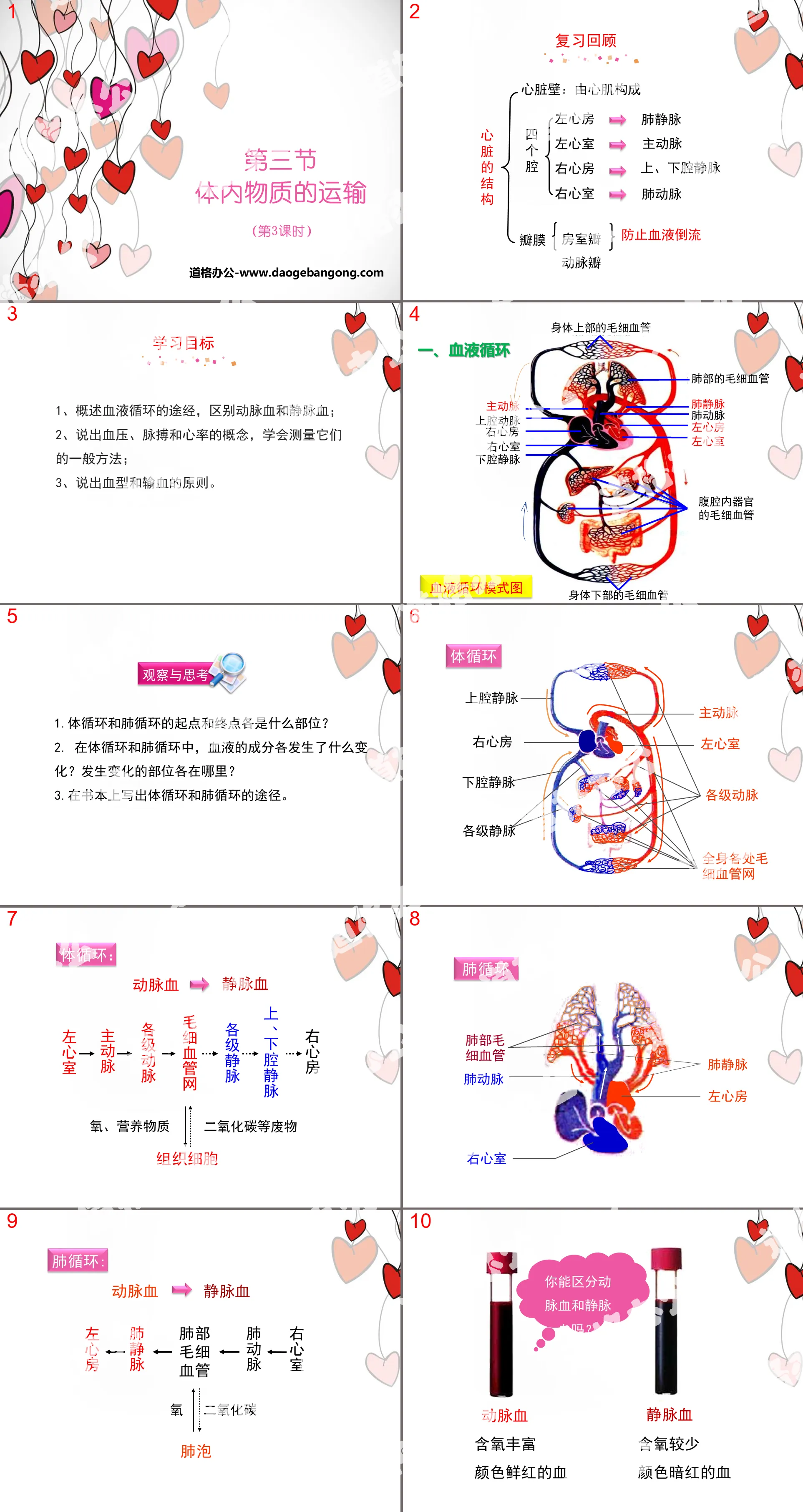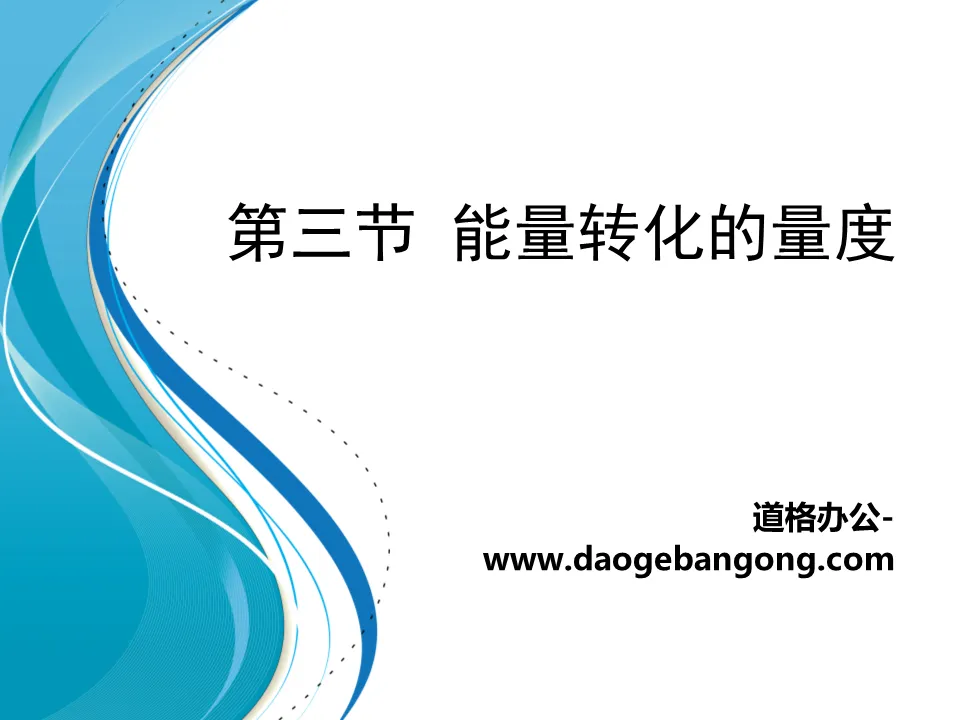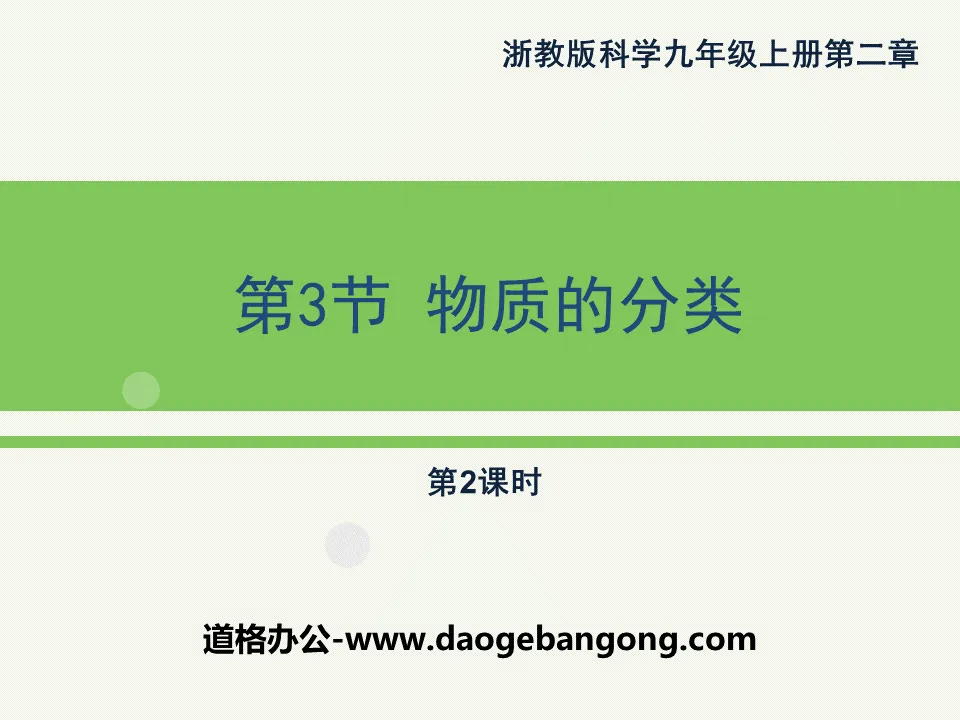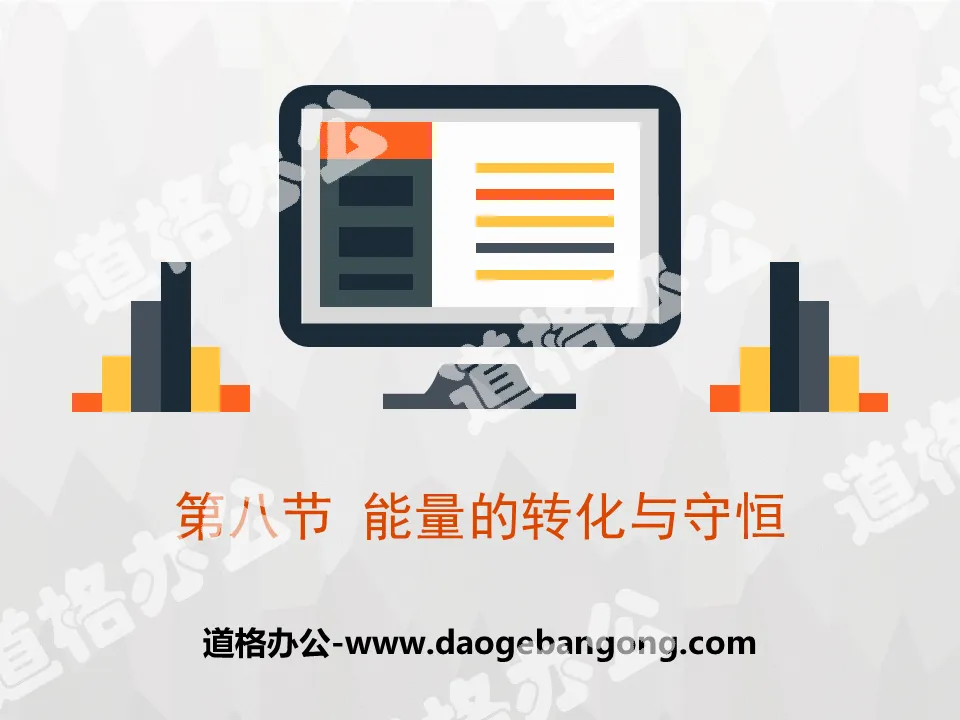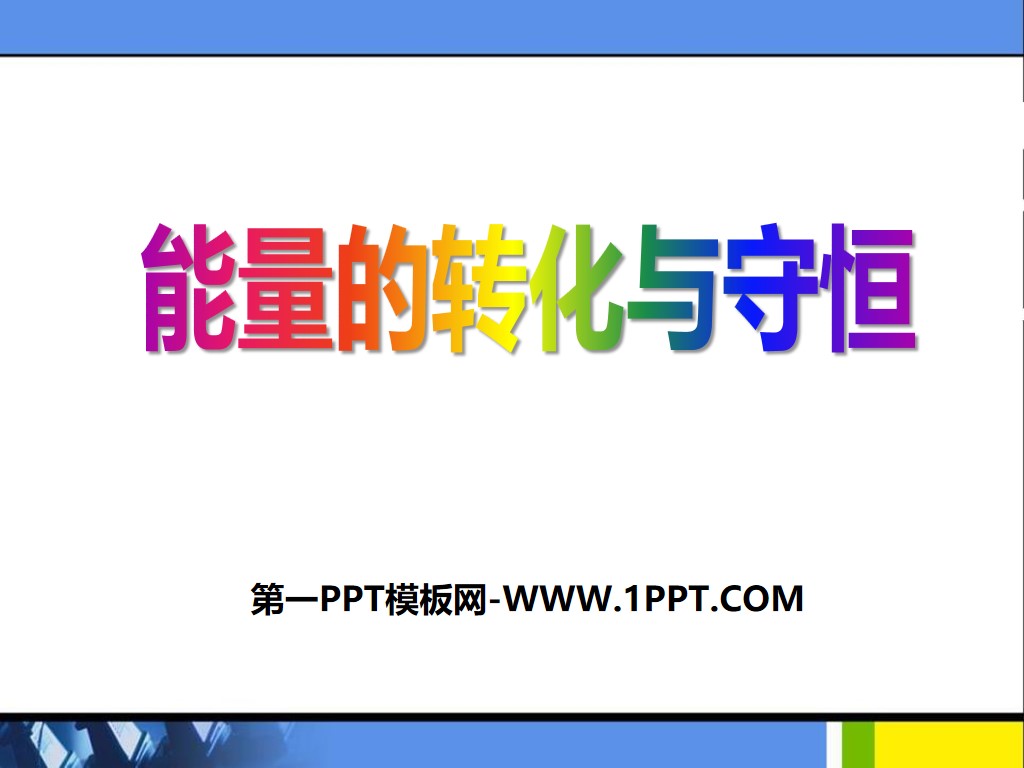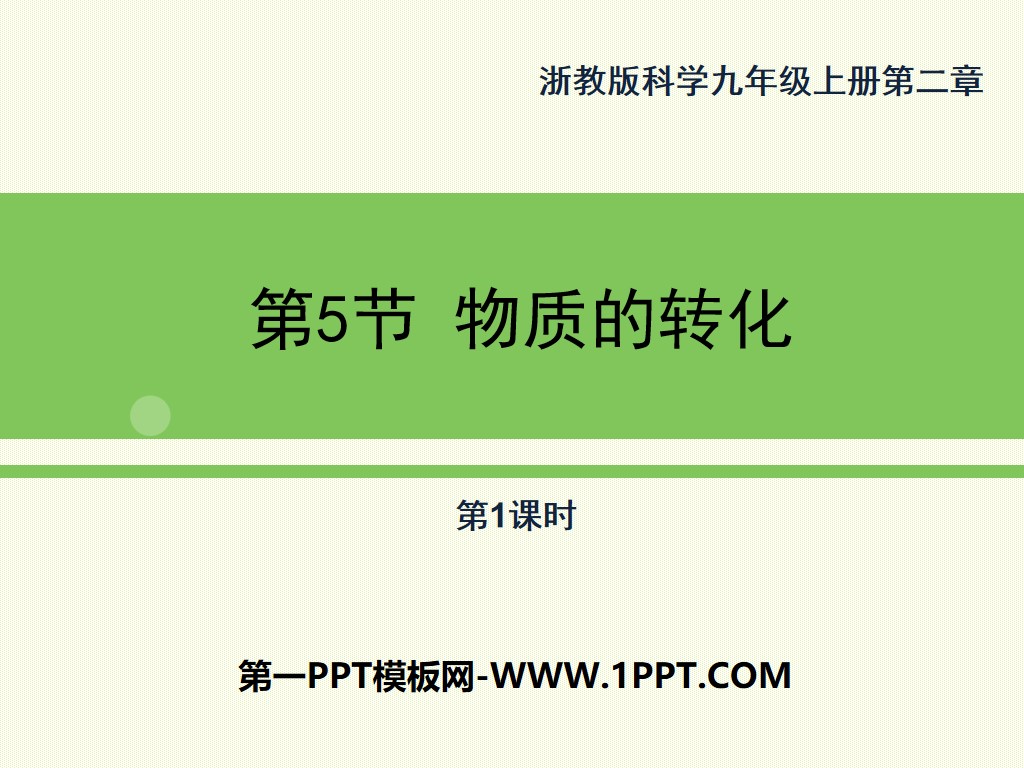
| Category | Format | Size |
|---|---|---|
| Zhejiang Education Edition Ninth Grade Science Volume 1 | pptx | 6 MB |
Description
"Transportation of Substances in the Body" PPT (Lesson 3)
Part One: Learning Objectives
1. Outline the path of blood circulation and distinguish between arterial blood and venous blood;
2. Explain the concepts of blood pressure, pulse and heart rate, and learn the general methods of measuring them;
3. Discuss the principles of blood type and blood transfusion.
Transportation of substances in the body PPT, part 2: blood circulation
Observe and think
1. Where are the starting points and ending points of the systemic circulation and pulmonary circulation?
2. What changes occur in the components of blood in the systemic circulation and pulmonary circulation? Where are the parts that changed?
3. Write down the pathways of systemic circulation and pulmonary circulation in the book.
Some people say that arterial blood flows in arteries and venous blood flows in veins. Is this statement right? Why?
This statement is incorrect. Arterial blood refers to blood that is rich in oxygen and is bright red in color; venous blood refers to blood that is low in oxygen and is dark red in color. In the systemic circulation, arterial blood usually flows in the arteries, and venous blood flows in the veins. However, in the pulmonary circulation, venous blood flows in the pulmonary arteries, and arterial blood flows in the pulmonary veins.
Memory Tips:
In the body circulation, movement within movement, stillness within stillness;
In the pulmonary circulation, there is stillness within movement, and movement within stillness.
PPT on the transportation of substances in the body, part 3: heart rate, pulse and blood pressure
1. Heart rate: The number of times the heart beats per minute.
Different people have different heart rates. The resting heart rate of a healthy adult is about 75 beats per minute.
2. Pulse
As the heart contracts and relaxes rhythmically, the arterial walls expand and contract accordingly, forming a pulse. The pulse and heart rate of the same person are the same.
Traditional Chinese medicine diagnoses diseases based on "pulse phase".
Analyze the data obtained and summarize what is the relationship between the movement of the human body and the pulse? What happens to the pulse when exercise stops? Why did this change happen?
Pulse pulsation is related to exercise. As exercise intensity increases, the number of pulses increases.
When exercise stops, the pulse rate will decrease again.
Exercise requires energy consumption, increased nutrition and oxygen, and accelerated blood flow, so the pulse rate will increase.
PPT on the transportation of substances in the body, part 4: blood type and blood transfusion
1. Blood components
Blood cells: red blood cells, white blood cells, platelets
plasma
serum
fibrinogen
2. Blood type characteristics
People have multiple blood group systems, and the ABO blood group system is commonly used clinically.
Agglutinogens and Lectins in the ABO Blood Group System
3. Principles of blood transfusion
(1) During blood transfusion, in principle, blood of the same type should be transfused.
(2) When transfusion of heterotype blood is necessary, a cross-matching test must be performed first.
(3) According to the above principles, type O blood can be transfused to people with blood types A, B, and AB. It should also be done sparingly and slowly.
Why is type O a universal blood donor?
Blood supply mainly considers the agglutinogens of the donor's red blood cells. Because type O blood has no agglutinogens in its red blood cells, it is a universal blood donor.
Transport of substances in the body PPT, part 5: Class summary
1. Blood circulation
2. Heart rate and blood pressure
Heart rate: the number of times the heart beats per minute
Pulse: As the heart contracts and relaxes rhythmically, the arterial wall expands and retracts accordingly, forming a pulse.
Blood pressure: The pressure exerted by blood on the walls of blood vessels as it flows forward.
3. Blood type and blood transfusion
A common blood group system is the ABO blood group system.
When transfusing blood, in principle, the same type of blood should be transfused. When transfusion of heterotype blood is necessary, a cross-matching test must be performed first.
Transport of substances in the body PPT, Part 6: Classroom exercises
1. The blood flowing through the aorta is ( ), the blood flowing through the pulmonary artery is ( ), the blood flowing through the superior and inferior vena cava is ( ), and the blood flowing through the pulmonary veins is ( ).
A. Arterial blood B. Venous blood
2. The blood vessels returning to the left atrium are ( ), and the blood vessels returning to the right atrium are ( ).
A. Aorta B. Pulmonary artery
C. Pulmonary veins D. Superior and inferior vena cava
Keywords: Zhejiang Education Edition ninth grade science PPT courseware free download, transport of substances in the body PPT download, .PPT format;
For more information about the "Transport of Substances in the Body" PPT courseware, please click on the "Transport of Substances in the Body" PPT tab.
"Transportation of Substances in the Body" PPT (Experimental Course):
"Transportation of Substances in the Body" PPT (Experimental Lesson) Part One Content: Anatomy of the Cow's Heart [Experimental Objectives] 1. Understand the structure of the heart. 2. Learn to understand biological organs through anatomy. [Experimental Equipment] Cow heart (or other conveniently available lactating animal..
"Transportation of Substances in the Body" PPT (Lesson 2):
"Transportation of Substances in the Body" PPT (Second Lesson) Part One Content: Learning Objectives 1. Name the location of the heart and list its structure and functions; 2. Describe the structural and functional characteristics of arteries, veins, and capillaries. ... ... ... Transport of substances in the body PPT,...
"Transport of Substances in the Body" PPT (first lesson):
"Transport of Substances in the Body" PPT (first lesson) Part 1 content: Learning objectives 1. Name the components of blood; 2. Outline the structure and function of red blood cells, white blood cells and platelets. Why does excessive bleeding lead to death? For patients who have lost blood, why...
File Info
Update Time: 2024-07-05
This template belongs to science courseware Zhejiang Education Edition Ninth Grade Science Volume 1 industry PPT template
"Transportation of Substances in the Body" PPT (Lesson 3) Simple campus recruitment activity planning plan summary enterprise and institution recruitment publicity lecture PPT template is a general PPT template for business post competition provided by the manuscript PPT, simple campus recruitment activity planning plan summary enterprise and institution recruitment promotion Lecture PPT template, you can edit and modify the text and pictures in the source file by downloading the source file. If you want more exquisite business PPT templates, you can come to grid resource. Doug resource PPT, massive PPT template slide material download, we only make high-quality PPT templates!
Tips: If you open the template and feel that it is not suitable for all your needs, you can search for related content "Transportation of Substances in the Body" PPT (Lesson 3) is enough.
How to use the Windows system template
Directly decompress the file and use it with office or wps
How to use the Mac system template
Directly decompress the file and use it Office or wps can be used
Related reading
For more detailed PPT-related tutorials and font tutorials, you can view: Click to see
How to create a high-quality technological sense PPT? 4 ways to share the bottom of the box
Notice
Do not download in WeChat, Zhihu, QQ, built-in browsers, please use mobile browsers to download! If you are a mobile phone user, please download it on your computer!
1. The manuscript PPT is only for study and reference, please delete it 24 hours after downloading.
2. If the resource involves your legitimate rights and interests, delete it immediately.
3. Contact information: service@daogebangong.com
"Transportation of Substances in the Body" PPT (Lesson 3), due to usage restrictions, it is only for personal study and reference use. For commercial use, please go to the relevant official website for authorization.
(Personal non-commercial use refers to the use of this font to complete the display of personal works, including but not limited to the design of personal papers, resumes, etc.)
Preview
